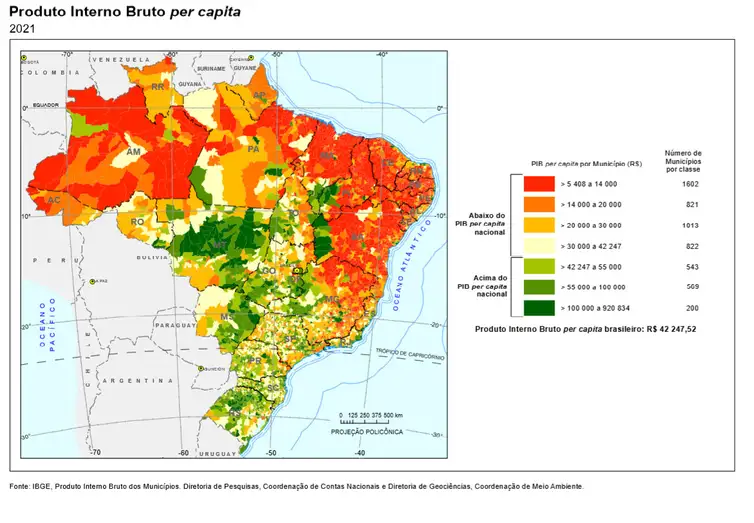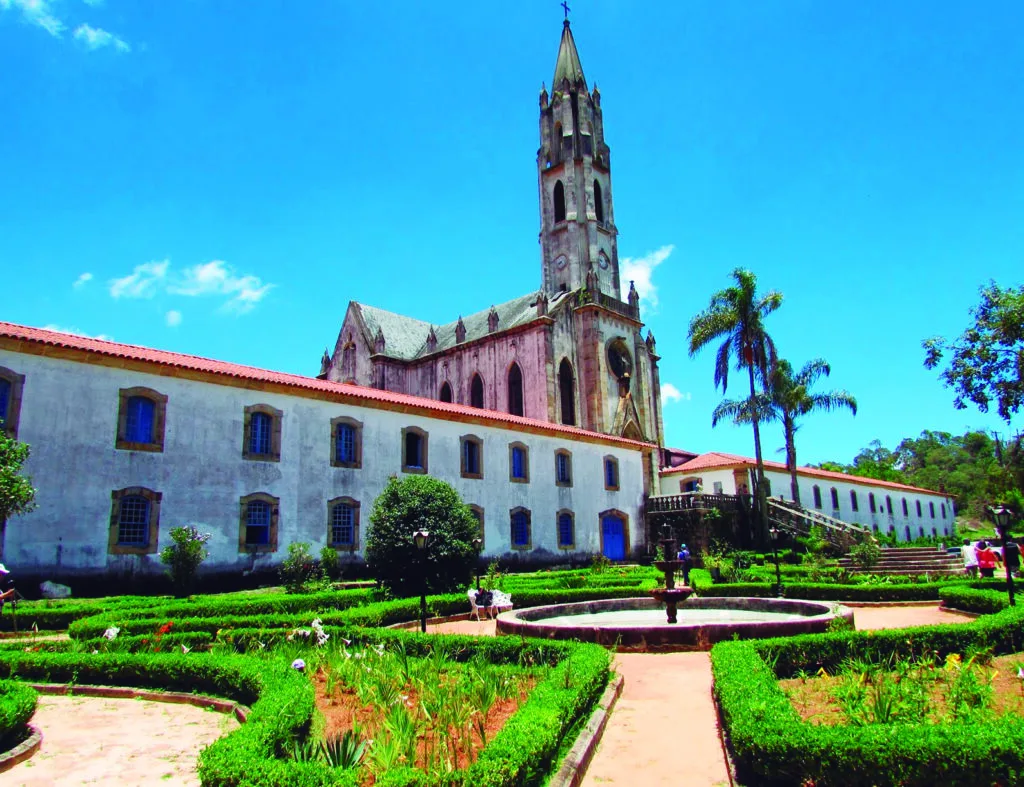Brazil’s economy is undergoing a transformation, as major cities wield less dominance in its GDP, a shift highlighted in a recent study by the Brazilian stats agency IBGE.
Previously, a few cities like São Paulo and Rio de Janeiro had a big share of the national wealth. The wealth is now spread more among many cities, says IBGE.
In 2002, four cities made up about a quarter of Brazil’s GDP. These were São Paulo, Rio de Janeiro, Brasília, and Belo Horizonte.
By 2021, 11 cities shared this quarter. The list grew to include Manaus, Curitiba, Osasco, Maricá, Porto Alegre, Guarulhos, and Fortaleza.
This change shows the economy is becoming less centralized. The study found more signs of this trend.
In 2002, 48 cities combined to make up half of Brazil’s GDP. By 2021, it took 87 cities to reach the same level.

This means the wealth is more evenly spread across the country. There’s also a shift in smaller towns.
In 2002, over 1,300 towns barely contributed to the GDP. By 2021, fewer towns were in this group. This shows the economy is growing in more areas.
Capital cities are also changing. In 2002, they were a big part of the economy. By 2021, their share dropped.
This is the lowest it’s been since 2002. The COVID-19 pandemic affected this. It hit services in capital cities hard.
Not all capitals are the wealthiest
Not all capitals are the wealthiest in their states. Other cities are richer in Pará, Espírito Santo, and Santa Catarina.
For example, Parauapebas leads in Pará, not the capital. This shows that wealth is spreading beyond the capitals.
From 2002 to 2021, São Paulo and Rio de Janeiro saw their GDP shares drop. This happened because key industries like finance and insurance slowed down.
But, some cities like Maricá saw growth, thanks to oil and gas. The study also looked at per capita GDP. This measures wealth per person.

It found big differences across Brazil. Some small mining towns have high per capita GDP. But, overall, there’s a big range across the country.
In summary, Brazil’s economy is becoming more diverse. Wealth is not just in big cities anymore.
It’s spreading to more places across the country. This is good for balancing the economy.

